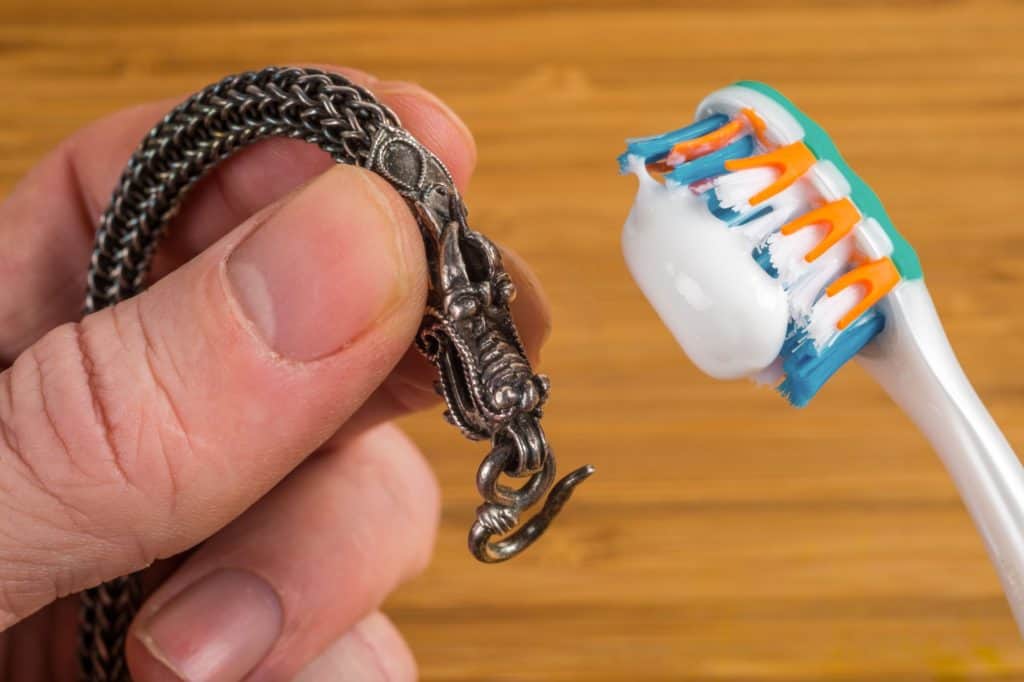
About our Chewable Tools
Our line of chewable jewelry, also known as chewelry, includes a variety of chewable tools for people of all ages. Chewable tools are a safe alternative for those who crave oral-motor stimulation, chew their nails, fingers, or clothes. Our chewelry is not only functional, but also good-looking, so you can feel confident while wearing it. Our chewelry is made of 100% food grade silicone, approved by the FDA. It is free of BPA, PVC, phthalates, lead, mercury, and cadmium.
If you are not interested in wearing your chewable, we also have handheld chewable products. Our handheld chewables are manufactured with the same 100% food grade silicone as our chewelry, approved by the FDA.
NOTE: Choking hazard. Chewelry and chewable products are not recommended for children under 3. Older children should use with adult supervision. Cords and clasps are NOT for chewing.
Chewable products should be inspected before every use. No chewable product is 100% indestructible. When your chewable becomes damaged, discard immediately. Some chewable tools may never break, whereas others may break after a few months. Lifetime of your chewables can be increased by purchasing a chewable that is the right chew level. (See “About Chewing Levels” section below.)
Our chewable necklaces come on satin cords with breakaway clasps. Cords and clasps are not for chewing. If the person using the chewelry may chew on these, the cord can be removed and replaced with an alternative.
We recommend that you clean your chewable frequently. Always be sure to wash a new chewable before using it or giving it to a child. It is recommended that you remove the cords and clasps before washing chewables.
Chewables are dishwasher safe, but you may also hand wash them with soap and water. After washing, chewables may be dried with a lint-free cloth or may be set out to air dry.
If you do not wish to use soap, you may boil chewables for about 2 or 3 minutes. When you are done, remove chewables with a spoon, tongs, or a strainer. Set them out to dry off and cool down. Allow chewables to cool down fully before using.
To lengthen the life of your chewable, be sure to store it properly. Do not store in extreme cold or direct sunlight.
Do not store silicone chewables with other silicone products. If you store your chewables together in the same place, be sure that they are separated. You may want to use a container with different compartments, put the chewables in sandwich bags, or wrap each in a towel. Be sure that chewables are fully dry before storing them.
Knowing your chewing level can help you choose the right chewable tool. Each chewables product page is marked with our recommendation for chewing levels. There are three levels that we use:
- Light chewing – Light chewers do well with softer chewable tools. They may enjoy chewing objects such as hair, skin, or clothing. Some light chewers also enjoy sucking on their chewable tools. They do not typically chew through or destroy the objects that they chew. Light, small chewable tools are better for those whose jaws become tired or sore easily.
- Moderate chewing – Moderate chewers have a chew style in between light and aggressive. They enjoy chewing on slightly firmer objects. Moderate chewers may chew through their chewable tool, but it will take a longer period of time for them to do so.
- Aggressive chewing – Aggressive chewers chew frequently chew through and cause major damage their belongings. They may break pencils, pens, and tear up their clothing with their chewing. The best chewable tools for them are thick and very firm. Aggressive chewers will wear down their chewable tools faster than other chewers.
Some chewers have a chew style that alternates between the three chew levels. It may be a good idea to purchase more than one chewable tool in this case.
Chewelry Necklace Alternatives!
FAQ
What can I bite on for anxiety?
How do you make something to chew on?
What can kids chew on?
Why does my 11 year old chew on everything?
What is a safe alternative to chewing on?
So first things first, give them a safe alternative to chew on instead. The Grabber and Y-Chew were specifically created for this purpose and are still some of our most popular chew tools. We also make several “chewelry” options for more discreet on-the-go chewing.
What is a good substitute for cheesecloth?
Including a nut milk bag, a mesh bag, and even a paint strainer bag. All of these bags have alternative purposes, but they can double up excellently as a great replacement for cheesecloth. There are some other types of alternatives that you can use, but when it comes to straining yogurt these options are the best.
Can you use a paper towel instead of cheesecloth?
The microwave helps extract citrus juice, while the bag keeps the pulp and seeds from entering your dish. There’s a good chance you have a roll of paper towels somewhere in the house. In some instances, disposable paper towels are a good alternative to cheesecloth, but there are a few caveats.
What can I use if I don’t have cheesecloth?
Cheesecloth is made using cotton, so you can use pretty much anything that is made using cotton to strain stock if you don’t have cheesecloth. One of the most common alternatives that people use is a kitchen towel as you will always have these in your kitchen.
